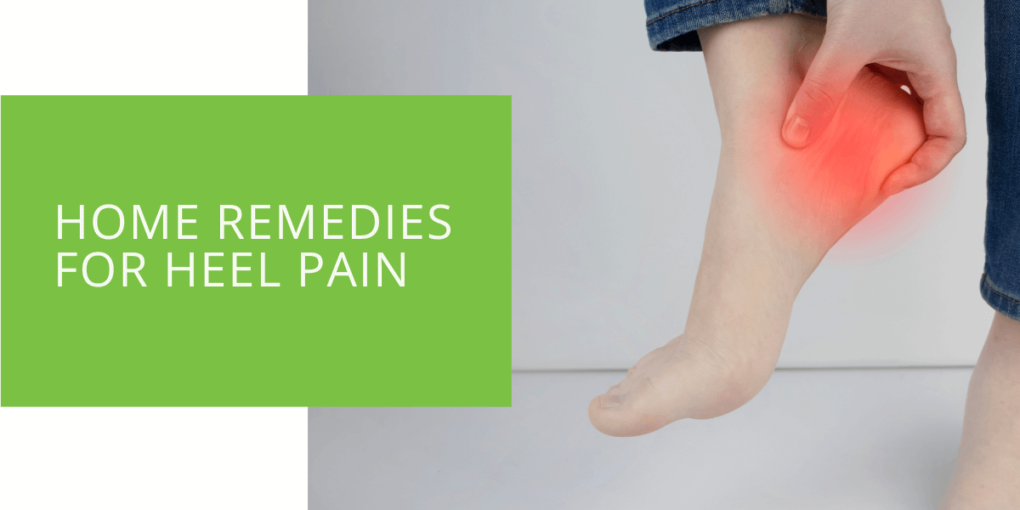Home Remedies for Heel Pain
Heel pain is a common condition that can range from mild to severe. Various factors, including overuse, improper footwear, and underlying medical conditions, can cause it. It is important to address heel pain as soon as possible, as it can become more difficult to treat if left unchecked.
Common Home Remedies
Several home remedies can help alleviate heel pain. These include rest and ice, stretching exercises, over-the-counter pain medication, wearing proper footwear, orthotic inserts, heel cups or pads, massaging the affected area, and Epsom salt baths.
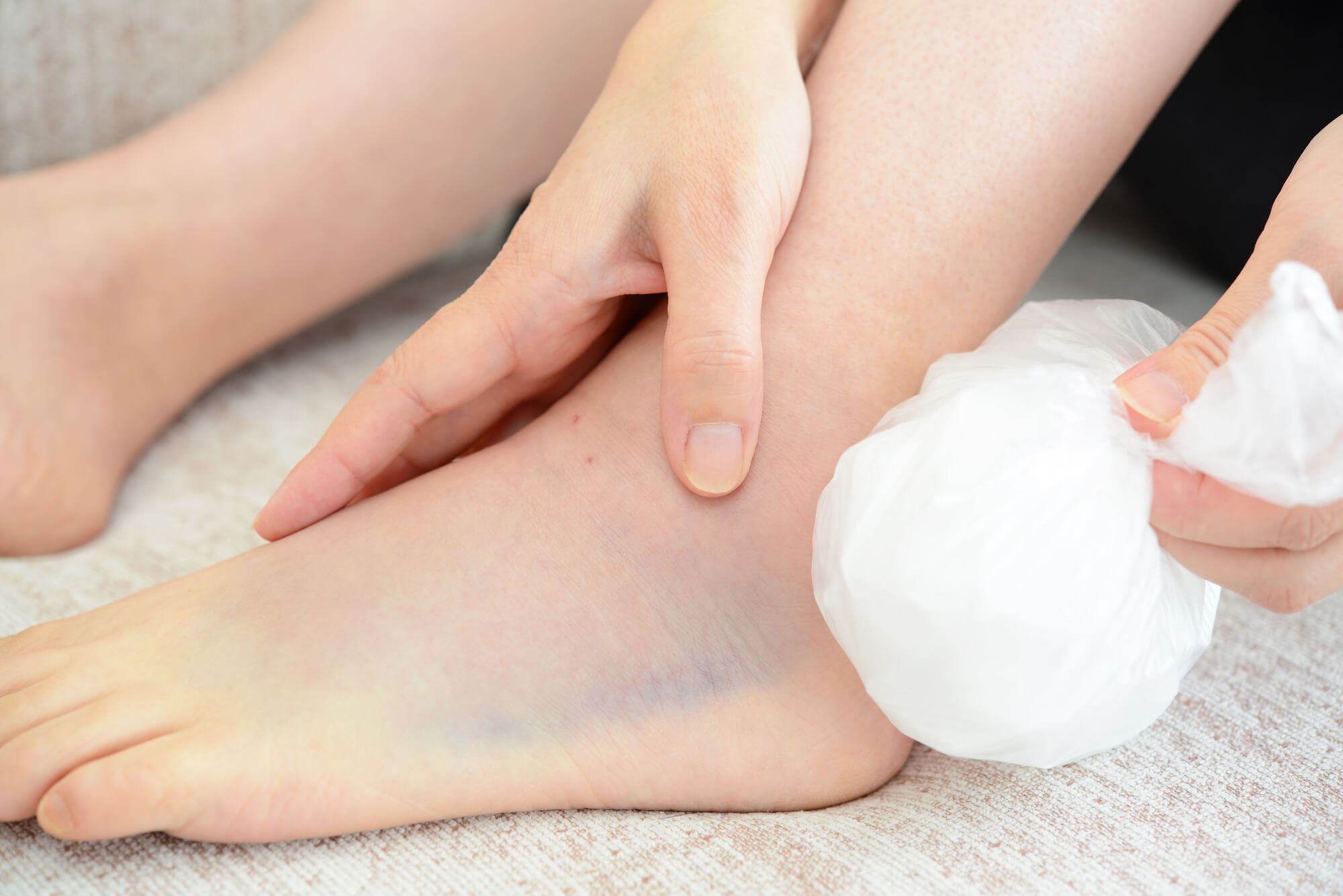
Rest and Ice
Resting and icing the affected area can help reduce inflammation and pain. To properly rest and ice the area, it is important to elevate the foot and apply ice for 15-20 minutes at a time, several times per day. Make sure to wrap the ice in a thin cloth to prevent frostbite.
Stretching Exercises
Stretching exercises can help improve flexibility and alleviate heel pain. Some examples of stretches that may be helpful include calf stretches, toe stretches, and ankle stretches. It is important to perform these stretches correctly to avoid further injury. Always warm up before stretching, and hold each stretch for at least 30 seconds.
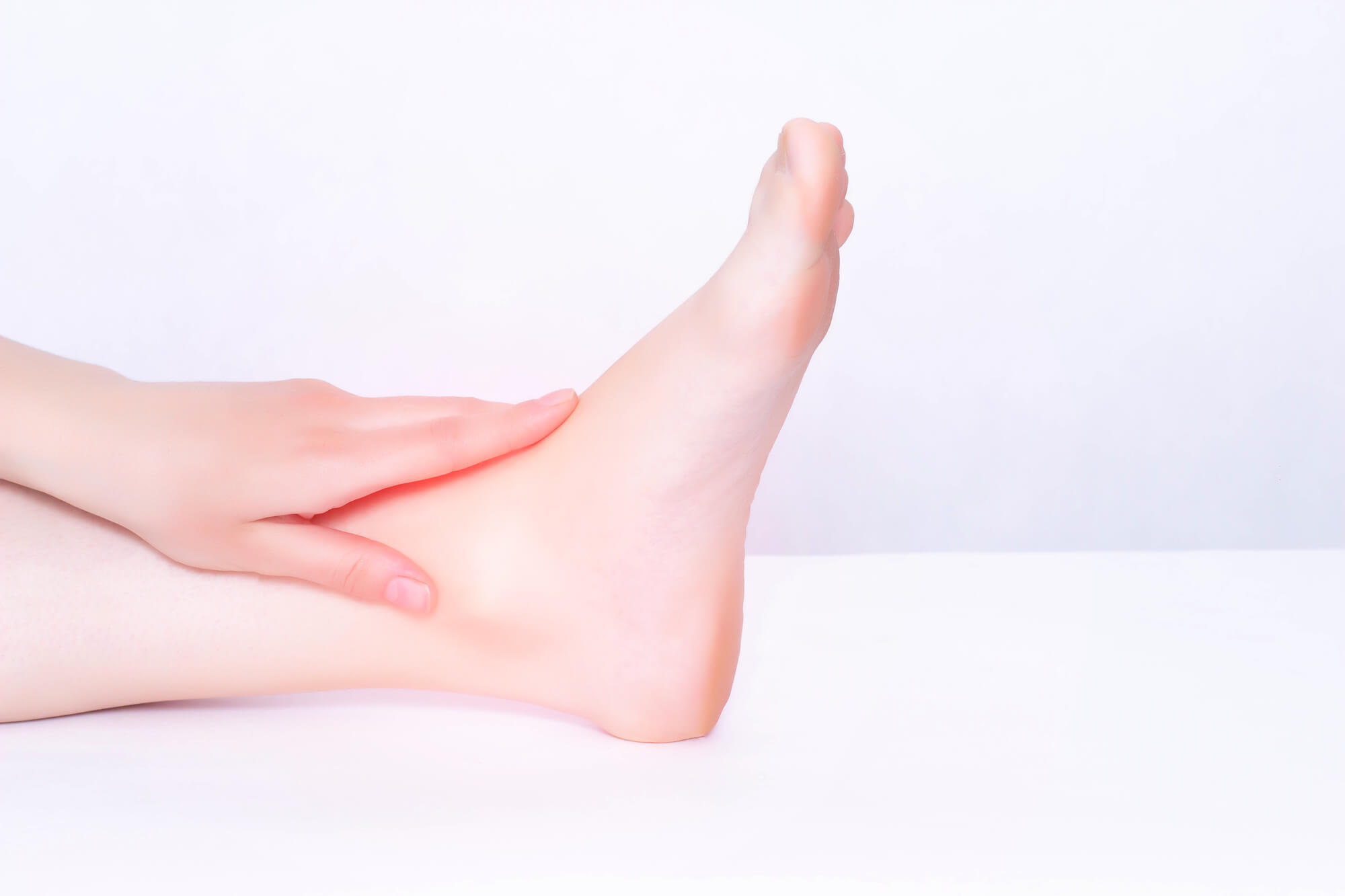
Over-the-Counter Pain Medication
Over-the-counter pain medication can help reduce inflammation and relieve pain. Nonsteroidal anti-inflammatory drugs (NSAIDs) such as ibuprofen and naproxen are commonly used for heel pain. It is important to follow the instructions on the label and not exceed the recommended dosage.
Wearing Proper Footwear
Wearing proper footwear is important in preventing and treating heel pain. Shoes should have good arch support and a cushioned sole to absorb shock. Avoid wearing high heels or shoes with thin soles, as these can put additional strain on the heels. Choose shoes that fit properly and allow for adequate toe movement.
Orthotic Inserts
Orthotic inserts are special inserts that can be placed in shoes to help alleviate heel pain. They can help correct foot alignment and provide additional support to the heels. It is important to choose the right type of orthotic inserts for your specific needs and to consult with a podiatrist if you are unsure.
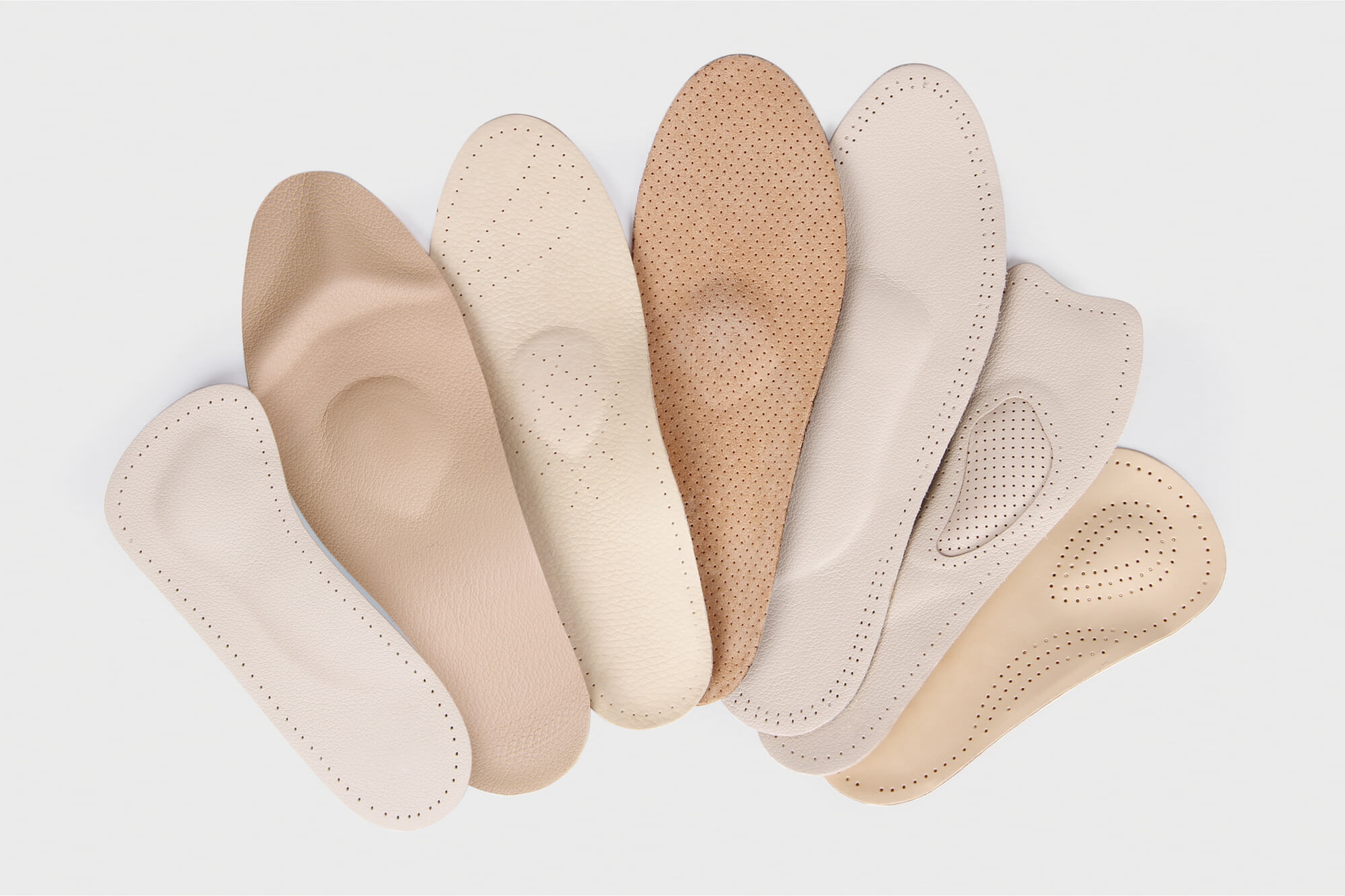
Heel Cups or Pads
Heel cups and pads are small inserts that can be placed in shoes to provide additional cushioning and support to the heels. They can help relieve pressure and reduce pain. It is important to choose the right size and type of heel cups or pads for your needs and to follow the instructions for use.
Massaging the Affected Area
Massaging the affected area can help improve circulation and reduce pain. Several techniques, such as rolling a tennis ball under the foot or using a foam roller, can be used. It is important to be gentle and not apply too much pressure, as this can cause further injury.
Epsom Salt Baths
Epsom salt baths can help reduce inflammation and pain. To prepare an Epsom salt bath, dissolve 2 cups of Epsom salt in a warm bath and soak for 15-20 minutes. Make sure to drink plenty of water before and after the bath to stay hydrated, and avoid using hot water as it can strip the skin of its natural oils. Epsom salt baths can be taken a few times a week or as needed for relief. It is important to consult with a healthcare professional before using Epsom salt baths, especially if you have any underlying medical conditions or are pregnant.
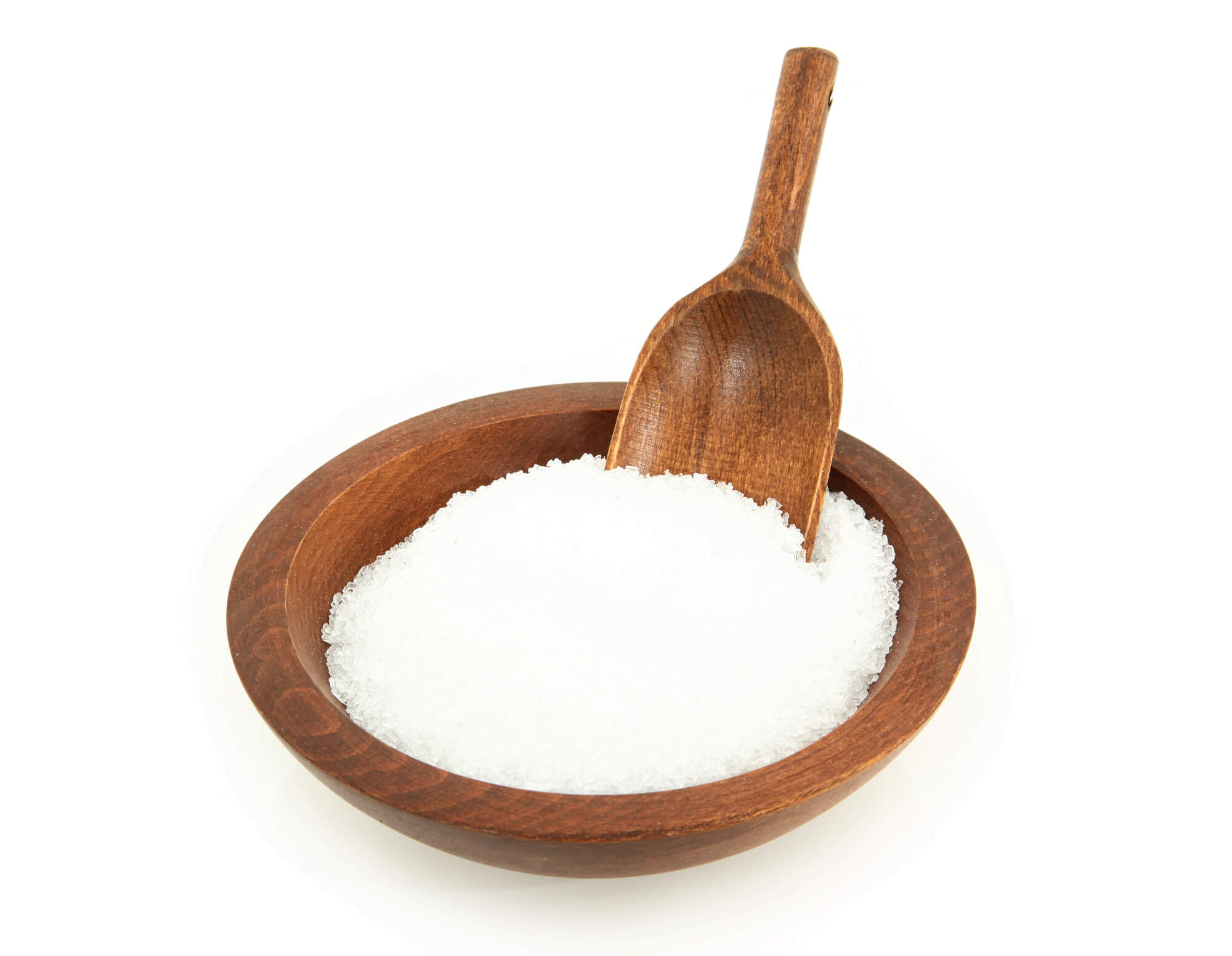
When to Seek Professional Help
While home remedies can be effective in relieving heel pain, there are certain situations where it is important to seek professional help. If the pain is severe and does not improve after a few days of home treatment, it is a good idea to consult a healthcare professional. Additionally, if the pain is accompanied by swelling, redness, or fever, it is important to seek medical attention as these may be signs of an infection.
Several types of healthcare professionals can help with heel pain. Podiatrists are medical doctors who specialize in diagnosing and treating foot and ankle conditions. They can provide expert advice on the best course of treatment and may recommend custom orthotic inserts or other interventions. Physical therapists are also trained in treating heel pain and can provide exercises and other therapies to help alleviate pain and improve mobility.
Conclusion
Heel pain is a common condition that can range from mild to severe. Several home remedies can help alleviate pain, including rest and ice, stretching exercises, over-the-counter pain medication, wearing proper footwear, orthotic inserts, heel cups or pads, massaging the affected area, and Epsom salt baths. While these remedies can be effective in many cases, it is important to seek professional help if the pain is severe or does not improve after a few days of home treatment.
Podiatrists and physical therapists are trained in diagnosing and treating heel pain and can provide expert advice on the best course of action. Addressing heel pain as soon as possible can prevent it from worsening and improve your overall quality of life.
FAQ
What is plantar fasciitis?
Plantar fasciitis is a common cause of heel pain. It is characterized by inflammation of the plantar fascia, a band of tissue that runs along the bottom of your foot. It can be caused by overuse, improper footwear, and underlying medical conditions.
How can I relieve heel pain at home?
Several home remedies can help alleviate heel pain. These include rest and ice, stretching exercises, over-the-counter pain medication, wearing proper footwear, orthotic inserts, heel cups or pads, massaging the affected area, and Epsom salt baths.
How do I ice my heel?
To ice your heel, place a thin cloth over the affected area and apply an ice pack or a bag of frozen vegetables for 15-20 minutes at a time, several times a day. Avoid applying ice directly to the skin to prevent frostbite.
How do I stretch my heels?
Several stretches can help alleviate heel pain. Some examples include calf stretches, toe stretches, and ankle stretches. It is important to warm up before stretching and to hold each stretch for at least 30 seconds. Consult with a healthcare professional or physical therapist for proper technique.
Can I use a water bottle to massage my heel?
Yes, using a water bottle to massage your heel can be helpful in reducing pain and improving circulation. To do this, fill a plastic water bottle with cold water and roll it under the affected foot for 5-10 minutes at a time. Make sure to apply gentle pressure and avoid applying too much force, as this can cause further injury.
What is a splint and how can it help with heel pain?
A splint is a device worn on the foot to provide support and alleviate pain. It is often used to treat conditions such as plantar fasciitis and can be worn at night to keep the foot in a neutral position. Please consult a healthcare professional before using a splint to ensure it is appropriate for your needs.
Can foot pain be a sign of a more serious condition?
While foot pain can often be caused by minor issues such as overuse or improper footwear, it can also signify a more serious condition. If the pain is severe and does not improve after a few days of home treatment, it is important to consult a healthcare professional. Additionally, if the pain is accompanied by swelling, redness, or fever, it is important to seek medical attention as these may be signs of an infection.

